As we noted in our monthly March tech recap, the global “athletic footwear market” is estimated to be about $127.3 billion today.
However, according to the same report, the market is only expected to grow at a 4.9% rate. For context, global airport operations are expected to grow at a 47% rate, per IBIS estimates. Since 2010, Nike’s share of revenues from the footwear segment have gone from 11% to 28% of total revenues, representing an 8.42% compounded annual growth rate — not exactly “rip-roaring.”
Now over the past few years, one of fastest growing segments in the athletic footwear market has been the smart footwear market where we have seen a lot of innovation anywhere from smart insoles, smart shoes, and so on. This market has seen the emergence of innovative startups like Salted that have gone against sports apparel giants such as Nike or Under Armour.
Picture: Salted (formerly known as IOFit)
If you are interested in the sports wearable market in general, you can check out our recent analysis of the wearable sports market, where we highlighted the key players, and current and future trends.
Source: Upside Global, 2022
For the sake of this particular analysis we will focus solely on the smart footwear market.
But before we do that, how is the smart footwear market expected to grow in the coming years?
According to the report published by Allied Market Research, the global smart shoes market accounted for $115.3M in 2018 and is projected to garner $223.4M by 2026, growing at a CAGR of 9.1% from 2019 to 2026.
Rise in demand for wearable products, advent of smart shoes for elderly people, emphasis on performance enhancement programs, and rise in demand from the healthcare sector are the major drivers for the growth of the global smart shoes market. However, lower product penetration in untapped markets and high marginal price of the products hamper the market growth. On the contrary, rise in social media marketing and surge in the millennial populations are expected to create lucrative opportunities in the near future.
Why has smart footwear become increasingly important for athletes and teams?
Every time an athlete’s foot hits the ground when they are engaging in their sport- specific activity, sprinting, changing direction, or performing a highly-specialized movement like pitching or kicking, they accumulate force on their body that could contribute to overuse injuries.
The good news is these injuries are preventable. The best methods of prevention include flagging athletes who have experienced a spike in accumulated forces and designing training programs to help athletes better prepare for the demands of their sport. This is what some startups like Plantiga have been focusing on.
What are the most common types of foot/leg injuries?
The risk for injury in track and field sports differs depending on the specific event. The most common injury sites for high school and college/university athletes are the knee and ankle. Most of the injuries seen in track and field events are overuse injuries as a result of running.
Among high school athletes, injuries related to throwing represented 6.7% of all track and field injuries among girls and 5.9% of all injuries among boys.
This included injuries to the shoulder, elbow and lower back. Lower body injuries such as meniscal tears to the knee and ankle sprains are also common in shot put, discus and hammer throw.
Approximately 20% of foot, ankle and lower leg injuries, 30% of knee injuries, and 10% of hamstring and thigh injuries are sustained in track and field by adolescents as compared to other aged athletes.
As shown in the graph below, 65% of all injuries also occur in sprints, distance running and jumping events. in addition, 80% of injuries occur to the lower leg. Now these types of injuries in elite sports typically mean the player won’t be able to go back to the field for a long period of time. in fact, according to the same study, 48% of injuries sustained by elite athletes result in time loss from sport.
Source: Active & Safe central research, 2019.
So what are the most common types of injuries in soccer in the lower extremities?
— Non-contact injuries, the most prevalent type of injuries:
According to the British Journal of Sports Medicine, which conducted a study on soccer injuries in the lower extremities, non-body contact is a primary mechanism of injury.
In this study they reported that injuries caused by non-body contact (59%) were more prevalent than injuries caused by body contact (41%).
— Running, shooting, turning and jumping causing majority of non-body contact injuries:
In addition, running, shooting, turning, and jumping caused 39% of all injuries, which were classified as non-body contact.
They observed players under 18 years old and reported that 27% of all injuries were due to running, which is classified as non-body contact injury.
They observed four professional soccer clubs for two seasons and found that the percentage of non-body contact injuries (58%) was higher than body contact injuries (38%). Running (19%), twisting and turning (8%), shooting (4%), and landing (4%) were the most commonly occurring injury mechanisms, and they were classified as non-contact injury.
Who are the key vendors in the smart footwear market today?
As shown in the graph below, there are a variety of smart footwear players today. Those include large sports apparel companies such as Nike or Under Armour, large tech companies like Xiaomi, and a myriad of startups like Plantiga, Sensoria, ARION, NURVV, Digitsole, RunScribe, or Salted. As shown in the graph below, in the smart footwear market there is a distinction between smart insole vendors and smart shoe vendors. When it comes to the smart insole space, we believe that Plantiga has the most advanced technologies out there in terms of injury prevention capabilities but as some NBA teams pointed out to us, it is not always suited for sports like basketball where athletes have to do lateral movements. Sensoria is also somewhat unique based its B2B approach as it tends to partner with apparel companies to launch joint products and scale faster. In the section below we will take a look at each vendor in greater details.
Picture: Upside Global, 2022
Here are some of the key players in the smart footwear market today:
- Plantiga:
HQ: Vancouver, Canada
Website: Plantiga
Amount money raised: $3M+
Customers: 5 NBA teams, 2 NFL teams, 4 MLB teams, 1 MLS team, 2 hospitals, 20+ sports medicine and orthopedics clinics, the NHL, USTA, DoD. Plantiga also has a million dollar contract from the Canadian Department of National Defense.
Pricing: $500 per month or $5K per year for a single kit, which can track an unlimited number of players. Or $30 per month per user.
One of the key players in the smart footwear market is Plantiga, which built some insoles embedded with advanced sensors and algorithms to help prevent injuries.
Picture: Plantiga’s smart insole
Plantiga can track a wide variety of metrics such as asymmetry/total load, contact time, flight time, rotational force, landing force, acceleration time, vertical & horizontal force.
Picture: Plantiga’s metrics measured
Using the Plantiga platform, pro teams can flag lower limb asymmetrical loading strategies after injuries like ACL tears, fractures, ankle sprains, hip injuries, soft tissue injuries, lower back/pelvis injuries. They can also create asymmetry norms/baselines to characterize bandwidth of normal function; They can also flag athletes who exit normal bandwidth by player, position, team and sport.
Picture: Plantiga’s dashboard
As shown in the picture below, Plantiga can also track recovery timeline progression, provide injury & reinjury risk warnings. It can also help minimize injury impact, recognize injuries early one, and optimize players’ health.
Picture: Plantiga’s analytics platform
Plantiga can also track the rehabilitation journey, monitor progress to drive improvement, and tailor recovery goals based on objective feedback.
Picture: Plantiga’s rehabilitation platform
Here is a picture below of the Plantiga consumer app available with a $30 monthly membership.
Picture: Plantiga’s app
One of Plantiga’s biggest strengths is based on its ability to have built a research grade wearable product, as well as its advanced ML and AI:
“Plantiga has built a research grade wearable device and coupled it with machine learning (ML) and artificial intelligence (AI) that drive a number of insights on movement and health. We have dedicated a lot of our resources to research, data collection and validation on all our core metrics” , explained Quin Sandler during an interview with The Upside.
Although Plantiga has built a great product from an hardware (e.g. sensors..) standpoint, Plantiga CEO reiterates that its ML is one of its major assets today, which is key when it comes to injury prevention:
“Our hardware is impressive, but it’s the least impressive thing about us. Our labelled and tagged dataset, our ML pipeline and the insights we are building on the data is really where we shine. We are a data science company first and foremost”, continued Mr Sandler.
Today Plantiga is working with 12+ pro teams (NBA, MLS, NFL, NHL..), as well as the USTA, and we expect more pro teams to adopt this type of technology to help better prevent injuries. However, with 2 hospitals and 20+ sports medicine and orthopedics clinics using Plantiga solution today, Plantiga’s main market is the sports medicine and orthopedics market today:
“Our platform is primarily used in physical therapy and throughout the the return-to-play process, from assessing movements like walking, running and jumping, to on-field load monitoring and limb symmetry analysis (..) We have worked with some of biggest teams in US sport where our system is deployed and used alongside return-to-play progressions with some of the best athletes in the world. The data and outputs are critical in the decision for when to progress the athlete, when to put them back into play and how they are moving in real-world situations (…) Another example, the USTA has used our system with dozens of athletes for baseline testing, load monitoring and fatigue tracking.”, said Mr Sandler.
Plantiga’s ultimate goal for the next 5 years is for its smart insoles to be embedded in millions of people’s footwear to help them improve their lives and live healthier:
“The goal: in 5 years from now Plantiga is embedded in millions of people’s footwear – monitoring their health and performance each day. The system is tracking, analyzing and providing recommendations for people to live healthier, happier and higher performing lives”, concluded Mr Sandler.
⬆️ The Upside: We believe that Plantiga has one of the best injury prevention products in the smart footwear space today. This is based on the company’s strong knowledge of sensors and advanced algorithms. Any pro teams looking for smart insoles that can help them prevent injuries and guide them through the players’ recovery process, should look at Plantiga as a valuable solution.
2. Sensoria:
HQ: Seattle (USA)
Website: Sensoria
Amount money raised: $5.6M
Customers: Cleveland Clinic, Renault
Pricing: $99 (smart shoes), $199 (smart socks)
Sensoria is another key player in the space. As we noted previously, the company’s B2B approach aims at licensing its technologies to other vendors (shoe companies, socks companies, t-shirt companies..) in order to help them create smart footwear products.
The company has also built an app called the Sensoria Run mobile app, which allows athletes to tailor their goals and track their progress. They can also customize how and when they want alerts from the Sensoria Virtual Coach. They can also choose to only receive feedback when their cadence is off, or when they are landing improperly. They can also select the desired heart rate zone for different training sessions. It is worth pointing out that heart rate monitoring capabilities can only be achieved if the runner has also purchased either a smart t-shirt or smart bra and HRM. This metric is not available through the smart sock v2.0 & Sensoria® Core. In addition, Sensoria offers a full Sensoria Developer Kit (SDK). For more info click here.
Picture: Sensoria app
As noted earlier, Sensoria also offer smart socks that can help improve athletes running form by measuring cadence, impact forces and foot landing. All connected by the Sensoria Run App which provides AI coaching and dashboard tracking.
Picture: Sensoria’s smart socks
As we mentioned earlier, Sensoria also offers smart shoes that aims to provide runners with detailed biometric feedback in real-time. The shoes feature embedded textile pressure sensors in the plantar area of the foot and take advantage of an microelectronic component, Sensoria Core, which has been designed to connect to smart footwear and already works with the company’s Sock 2.0.
When running, athletes can be coached by Mara, an AI bot that will detect and feed information back to the user on cadence, foot landing and impact force. This is designed to teach runners how to become more efficient and reduce the risk of injuries.
Picture: Sensoria’s smart shoes
The Smart Running Shoes were initially available for $99, coming in yellow, black, red and blue, with the Core included in the package. They are currently no longer available for purchase on Sensoria’s website.
Video: Sensoria
⬆️ The Upside: We believe that Sensoria is both an option for weekend warriors as well as athletes and teams. We also like Sensoria’s B2B open approach which has allowed the company to scale faster over time as opposed to try to go D2C and create its own brand. From an injury prevention standpoint, we believe that Sensoria’s injury prevention tool is not as advanced as the one provided by vendors like Plantiga.
3.NURVV:
HQ: London, Twickenham (England)
Website: NURVV
Amount money raised:$9M
Customers: TBD
Pricing: $325
NURVV is another player in the smart footwear market. They built a smart insole which captures, analyzes and coaches athletes’ running with lab-quality precision.
Picture: NURV Run
Nurvv’s Run smart insoles boast 32 sensors that track technique over 1,000 times per second. As a result, the companion app is able to give real-time coaching during training runs. It tracks cadence, step length, foot strike, and more, and can coach based on a target pace or personal best for a given route. At the end of each run, it also provides a running health score, an indication of how sustainable the wearer’s running is based on training load, pronation, cadence, and asymmetry.
Picture: NURVV
Here is a picture below that shows how the smart insole gets inserted inside and on the shoe itself.
Picture: NURV
“Runners are able to collect a huge amount of data about each and every run they do. However, most of what they capture is historic, inaccurate, and provides few insights on how to be a better runner,” said brand founder Jason Roberts (..) “NURVV Run will revolutionize how people run by accurately capturing the metrics that matter most”, concluded Mr Roberts.
Picture: NURVV
While NURVV’s insoles should be used with the app, you don’t have to run with a phone. The insoles can connect phone-free through an Apple Watch or Garmin ANT+. The insoles come with two lightweight GPS trackers to help track data, and full access to the compatible NURVV Run app. NURVV Run insoles are available for for $325.
Here is a video with NURVV CEO where we talks a bit further about his company and technology:
Video NURVV
⬆️ The Upside: We believe that NURVV is another good option for runners or pro athletes looking for a smart footwear solution where they can track their runs, get real time feedback via a digital coach. However at $325 this product is at the high end of the market and might be out of reach for many users. Also NURVV’s injury prevention capabilities appear to be inferior to Plantiga’s.
4. ARION
HQ: Eindhoven (Holland)
Website: ARION
Amount money raised: Undisclosed
Customers: TBD
Pricing: $263
Another key player is ARION which offers the Arion Pro Pack, which consists of two smart insoles, two sensor-laden pods (only one of which has GPS), a smartphone app and a web-based dashboard. There’s a starter pack available with just one pod and you can buy individual parts of the system separately, though for full tracking and insights you’ll need to invest in the full kit which will set you back the price of a good running watch, around $263.
Picture: ARION’s smart insole
The 2mm thick insoles come in four sizes: small, medium, large and XL, covering shoe sizes ranging from UK3 to UK13+, and are impressively thin.
The ARION smart insoles can tell users whether they heel, midfoot or forefoot strike, displaying this in a slick real-time heat map graphic in the app. There’s also step length, cadence, balance, contact time, pace, impulse, stability, flight time and biomechanical load.
Picture: ARION app
Arion is waterproof as well. However, any sustained submersions are off limits. So no aqua jogging, river crossings or wearing them in the shower.
Picture: ARION
Here is a video that further explain the ARION smart insole.
Video: ARION
⬆️ The Upside: We believe that ARION is showing lots of potential. However, ARION smart insoles are a bit overpriced for the average consumer. Also, ARION is not there yet. The design needs refinement and the app is almost trying to be too clever in some areas, and suffers from over complication. Lastly, compared to Plantiga, ARION is lagging behind in terms of injury prevention capabilities.
5.Salted (Formerly IOFIT)
HQ: Gangnam-Gu, Seoul (South Korea)
Website: Salted
Amount money raised: Undisclosed
Customers: TBD
Pricing: $139- $229. Available on Amazon for $139 via Amazon Prime.
When it comes to smart insoles, Salted is another key player in the market. Founded in 2015, Korean startup Salted Venture has taken in an undisclosed amount in funding so far to develop Smart insoles, which can analyze and correct the golf swing of its user. Here is a quick review of the smart insoles in the video below:
Picture: Salted
After charging for two hours, you’ll connect the insoles to your device via Bluetooth. The first time you connect them, it takes a couple minutes because there’s a calibration process. After that, it takes just a few seconds, assuming everything works smoothly. As with any wireless technology, there will be times when you need to cycle the power to get things on track.
There are two primary modes in the app: Video Analysis and Drill Practice. In Video Analysis, you can film your swing and then watch the swing alongside your pressure data, which can be displayed a few different ways. I like this mode a lot because it breaks down that “feel vs. real” barrier. The golf swing happens so fast and has so many moving parts that it’s difficult to know for certain where your pressure is at different points in the swing. With SALTED, you can know for sure. The app also provides professional swings you can compare yourself to.
Picture: Salted
They also claim to be as effective as a golf coach because of the real-time feedback
Picture: Salted app
It is also important to notice that those smart insoles can be customizable which is important for basketball or soccer players.
They are also waterproof and sweatproof.
⬆️ The Upside: We believe that Salted is a good fit for golfer enthusiasts who love technology and are looking to improve their game. From a cost standpoint, we believe that $140-200 likely won’t appeal to a large audience.
6.Nike:
HQ: Beaverton, OR (USA)
Website: Nike
Amount money raised: N/A
Pricing: $720
One of the world’s biggest shoe companies, Nike, is also involved in this space as they launched innovative self-lacing HyperAdapt 1.0 shoes. The shoes have pressure sensors in the soles that sense when to put the foot inside and triggers an algorithm that allows an automatic lacing. With integrated LEDs, the shoes can alert a user of low battery or a tight fit. Moreover, these shoes do not need charging every day, and the charge can last up to two weeks.
Picture: Nike
Here is a quick video that explains how the Nike shoes work.
Video: Nike
⬆️ The Upside: We believe that the Nike HyperAdapt shoes are clearly not some smart performance shoes that can help prevent athletes’ injuries. Instead these are lifestyle shoes inspired from the Back to the Future movie. But at $700+, the shoes are out of reach for most consumers. At the end of the day these are more like a proof of concept and an opportunity for Nike to get PR mentions more than anything else. The intend is here is not for Nike to build a multi million dollars business.
7. Under Armour:
HQ: Baltimore (USA)
Website: Under Armour
Amount money raised: N/A
Pricing: $87
HOVR Phantom and HOVR Sonic shoes released in February 2018 by Under Armour have inbuilt sensors to record a number of metrics important for runners. These include pace, distance, steps, stride, and cadence. These chip-laden shoes can be easily synced to the Map My Run app and are compatible with iOS and Android phones. You can find more info here.
Picture: Under Armour
The users can experience zero gravity and a great energy run with the shoes’ excellent cushioning properties and comfort.
You can check out the Under Armour | HOVR HAVOC Shot Compilation from Bryan Talkish on Vimeo.
Video: Under Armour
⬆️ The Upside: Ultimately the Under Armour HOVR Sonic shoes are more affordable compared to other products (e.g. Nike HyperAdapt..) but in terms of functionalities they do not seem to be a good fit for pro teams as they do not have an injury prevention feature built in. Therefore we do not see pro teams adopting this product over time. But these smart shoes might appeal to some fitness and tech enthusiasts.
8.Digitsole:
HQ: Nancy (France)
Website: Digitsole
Amount money raised: Undisclosed
Pricing: $105
Founded in 2014, Lorraine, France startup Digitsole is another vendor in the smart footwear market. Digitsole offers smart insoles for runners and cyclists which allows them to record and analyze their activity after their cycling or running session: cadence, speed, distance covered, time of your sessions, number of calories burned, and power loss.
Picture: Digitsole’s smart insole
As shown in the picture below, Digitsole claims that its smart insoles can also reduce the risk of injuries, and analyze balance, pedaling technique angles. It can also identify stressed muscles that might need a comprehensive exercise athletes to avoid the risk injury.
Picture: Digitsole
⬆️ The Upside: We believe that Digitsole has a shot at disrupting the smart insole market with its smart insoles which will likely be available at a more reasonable price. Of note, according to our intell, the company pivoted a lot bit to focus on the B2B market (Medical: Physical therapy..).
9.Xiaomi:
HQ: Beijing (China)
Website: Xiaomi
Amount money raised: N/A
Pricing: $78
Xiaomi, another big player in the market, has developed the chip-laden MiJia smart shoes. These shoes are connected to Xiaomi’s MiFit app to detect speed, distance, calories, hours slept, and even weight. By just shaking the shoes, one can connect and synchronize the data with the app. Moreover, these smart shoes possess a long battery life.
Picture: Xiaomi
As shown in the picture below, Intel IPCore chip is installed into the sole of the sneaker. It is calibrated to the pressure user’s body weight gives each time they step. The shoes will collect information after the first step users make. The sensors that measure motion are responsible for the accuracy of data collection. The received information is sent to the synchronized smartphone, where with the help of a special mobile application, users see their daily number of steps, traveled distance and the number of burned calories.
Picture: Xiaomi
Here is a quick video that further explains how the Xiaomi smart shoes work:
Video: Xiaomi, smart shoes
⬆️ The Upside: We believe that the Xiaomi smart shoes are not sophisticated in terms of functionalities. They do not offer injury prevention type features. However, and this is what Xiaomi does best, they are high quality smart shoes for an affordable price ($78). These shoes will not appeal to athletes and pro teams but they are the perfect fit for sports and tech enthusiasts looking for smart shoes at a reasonable price.
10.RunScribe:
HQ: San Francisco (USA)
Website: RunScribe
Amount money raised: Undisclosed
Pricing: $599-$799
RunScribe is a San Francisco based smart footwear startup. Founded in 2013, this startup has taken in an undisclosed amount of funding so far to develop RunScribe Plus, a running wearable that offers a 3D view of an athlete’s performance including data on a runner’s stride rate, contact time, and foot strike type.
Picture: RunScribe
The shoes have two pods that are mounted on either the heels or laces. Considering that the company’s founders were both members of the US Olympic Training Center team that designed a cycling model using 3D clips and power pedals, it comes as no surprise that accuracy and precision are at the forefront of their products.
Picture: RunScribe
For example, the smart shoes utilize nine-axis motion sensors to fine tune their motion tracking feature. On top of these, RunScribe also provides power metrics which allow users to monitor the amount of energy needed to maintain their pace no matter how the terrain changes.
Video: RunScribe
⬆️ The Upside: We believe that RunScribe is a good fit for weekend warriors who are looking for smart sneakers that can help them monitor their performance. We also like that RunScribe can offer unique metrics such as power measurement. That being said we believe that these shoes are out of reach for the average consumer due to the hefty price ($599-$799) of the shoes.
Outlook: In the coming years, we expect the smart footwear market to consolidate with several smart footwear startups (e.g. Plantiga, Digitsole, etc.) becoming prime M&A targets by major sports apparel companies (e.g. Nike, Under Armour..).
From a technology standpoint, we expect smart footwear products to become more advanced with more sophisticated sensors and injury prevention capabilities due to continued advancements in biosensors and ML. Smart shoes and insoles will become even better at predicting the risk of injuries of players and athletes.
In addition, in the elite sports market, we expect to see the emergence of new business models (e.g. low cost monthly subscription models <$20 per month). Let’s face it, it is currently very difficult for small smart footwear startups to disrupt the dominance of sports apparel giants such as Nike or adidas and sign up teams. However, based on our sources, we will see in 2022 some new and disruptive models led by some startups. Are you ready for a new paradigm shift in the smart footwear market? We certainly are.
One last thing: If you are a sports tech startup looking to grow your business and connect with top teams, leagues and VCs, please contact us at julien@sportscouncilsv.com. Don’t forget to check out the video below to learn more about what we do and what our partners think about Upside Global.

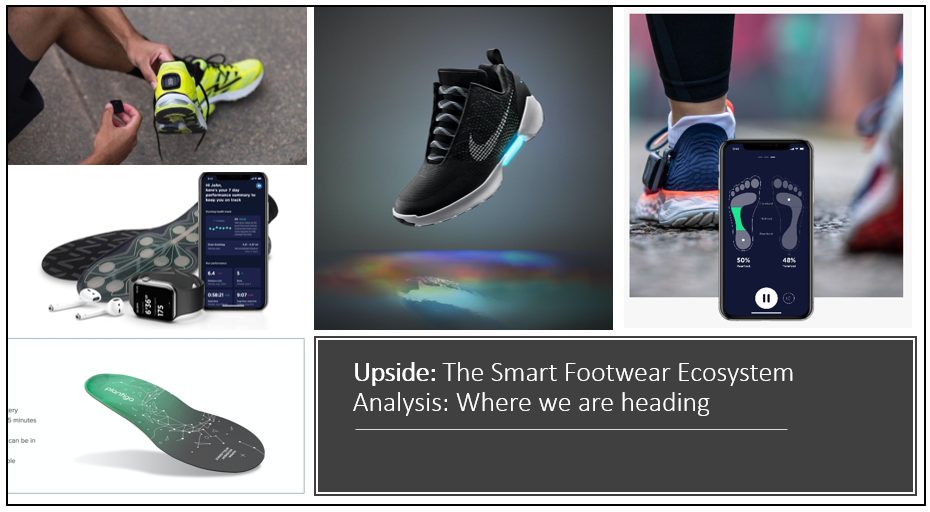
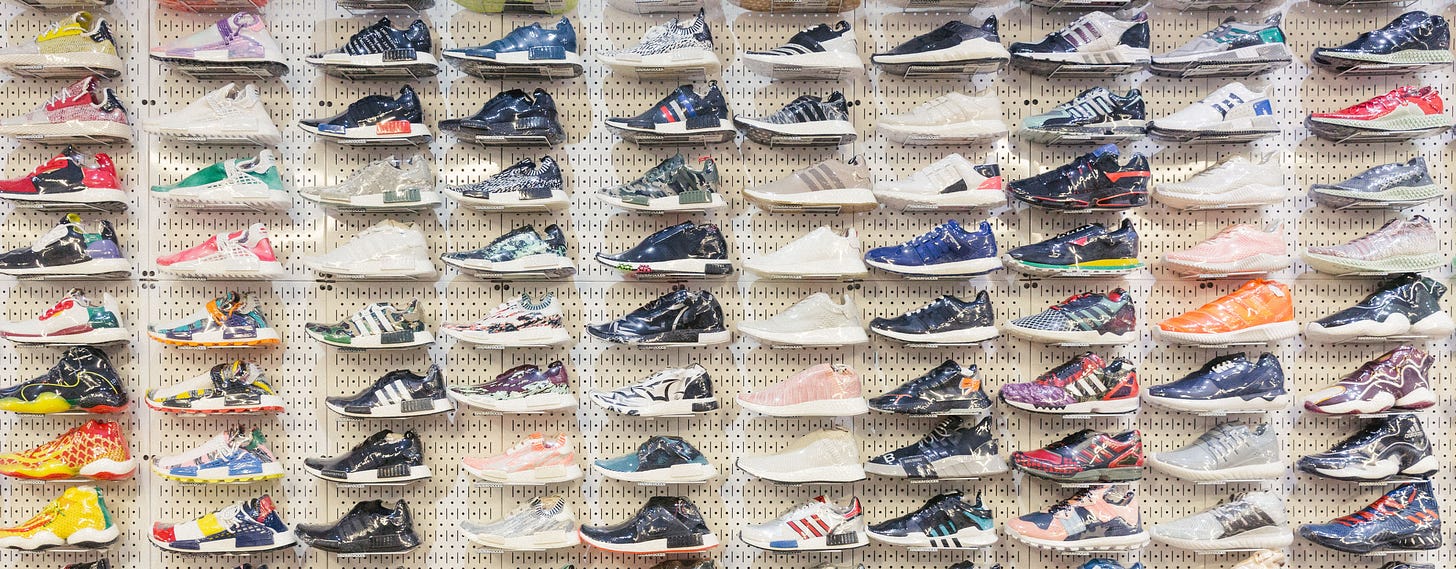
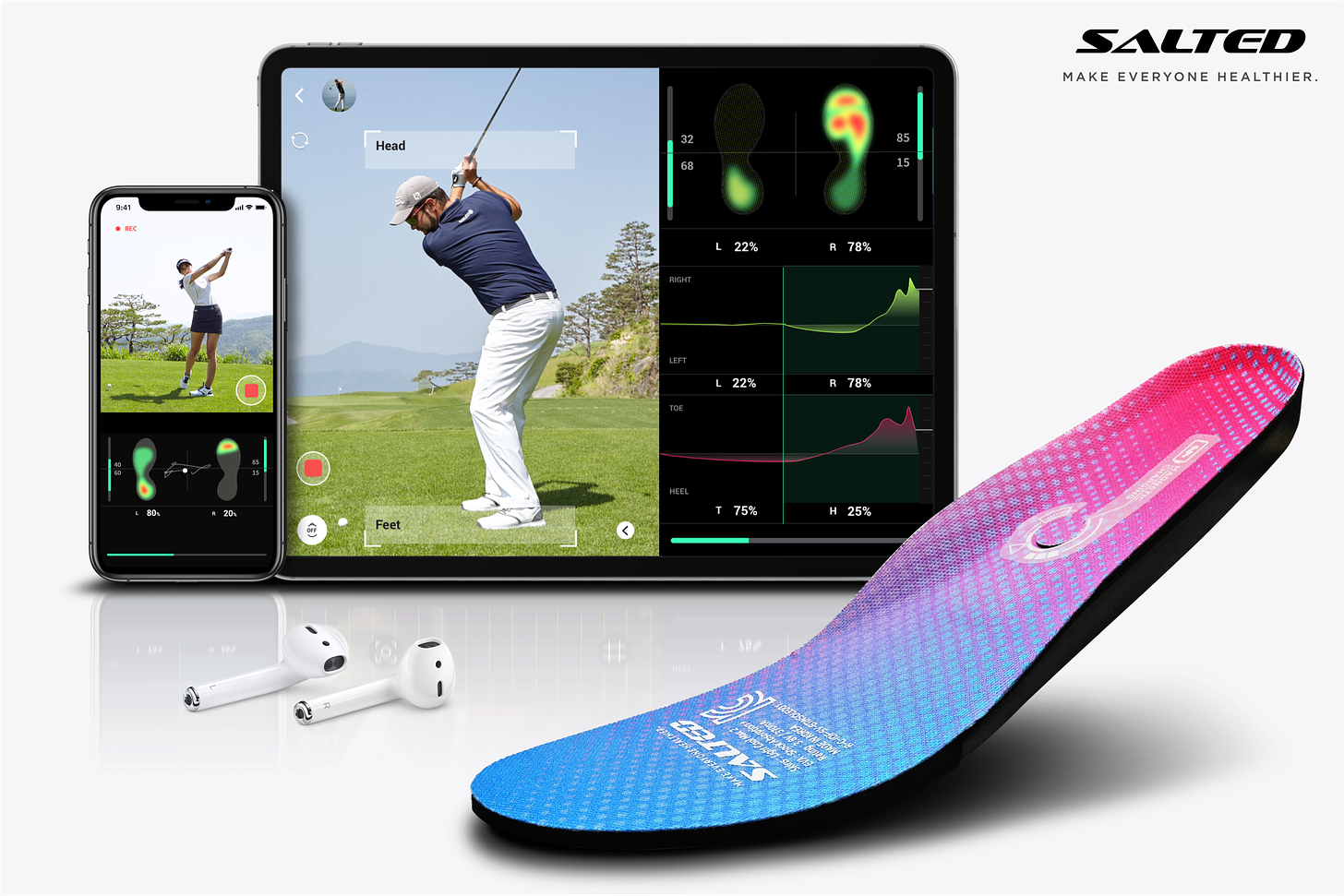

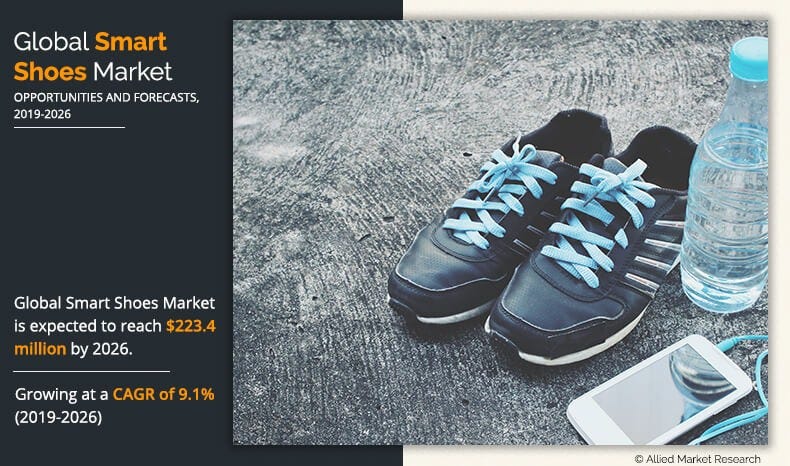

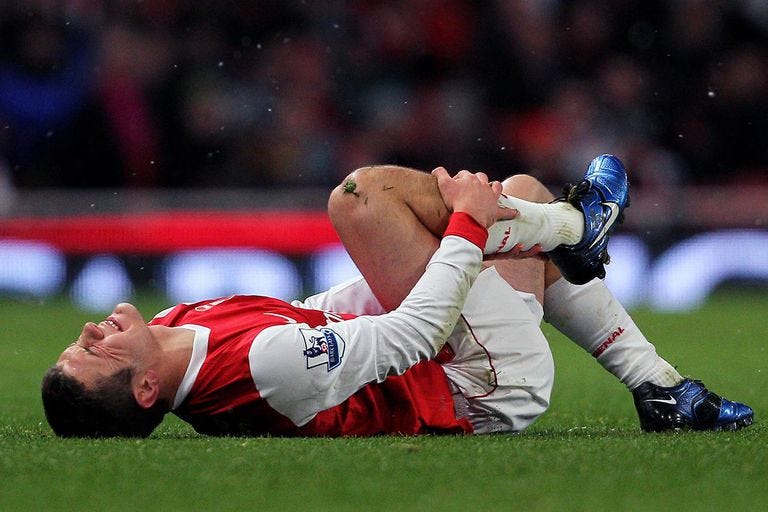
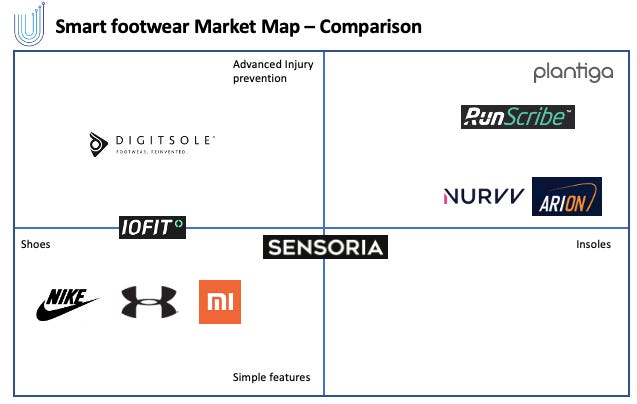

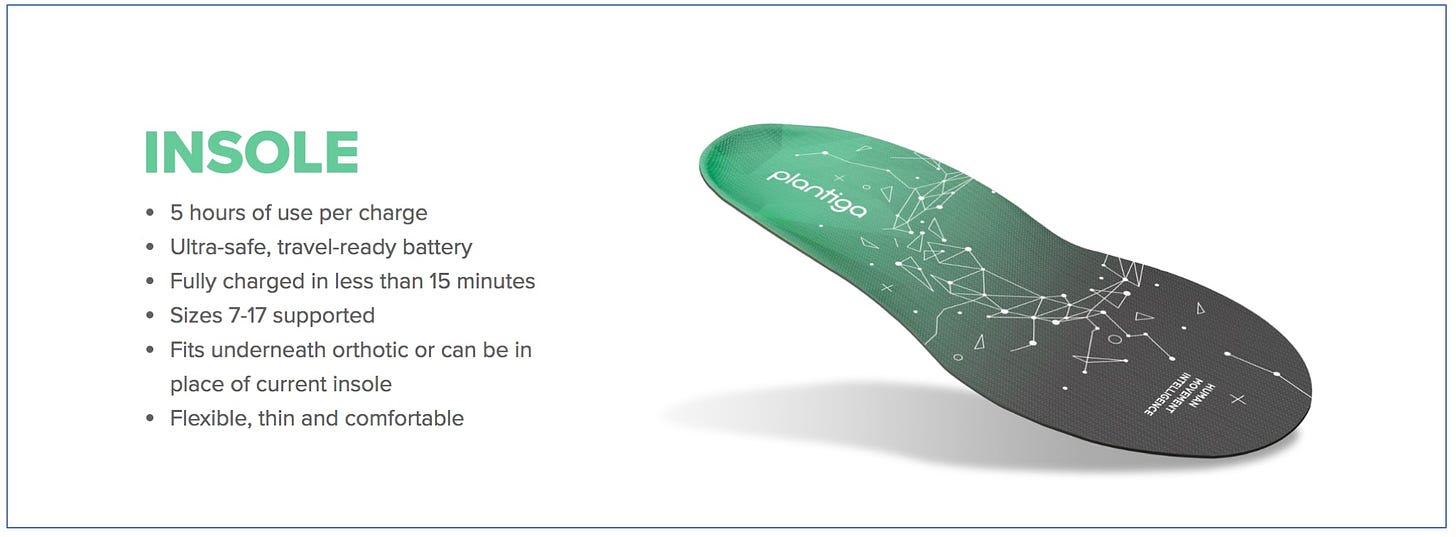

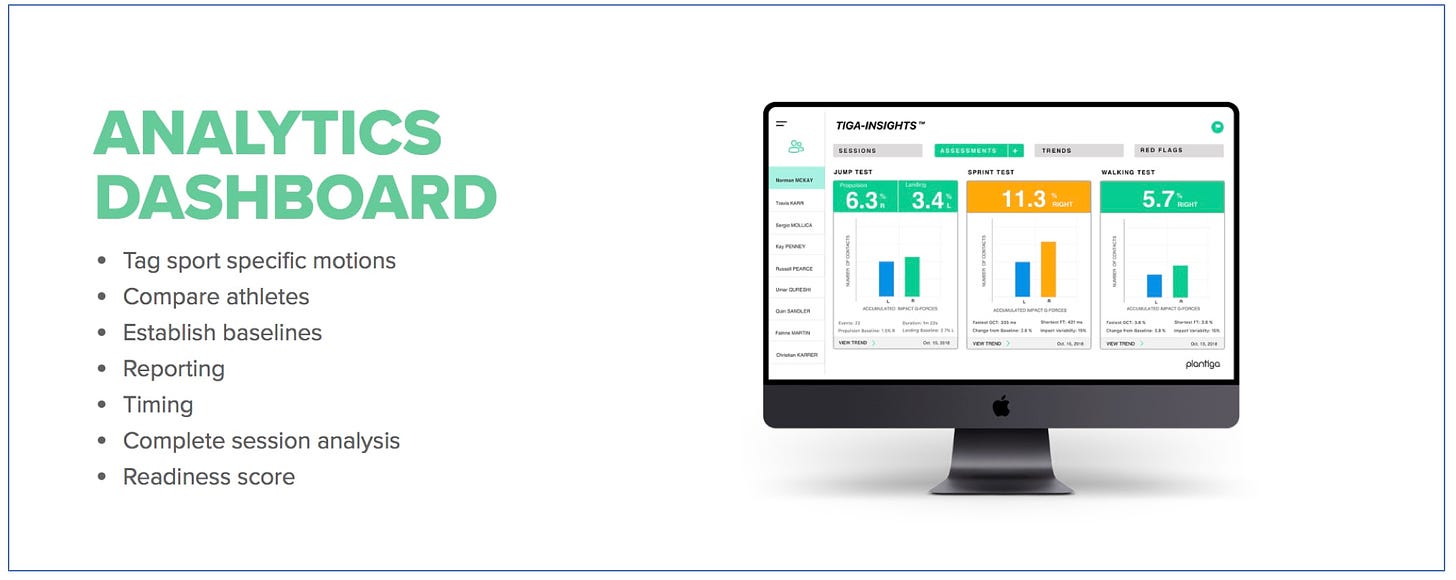

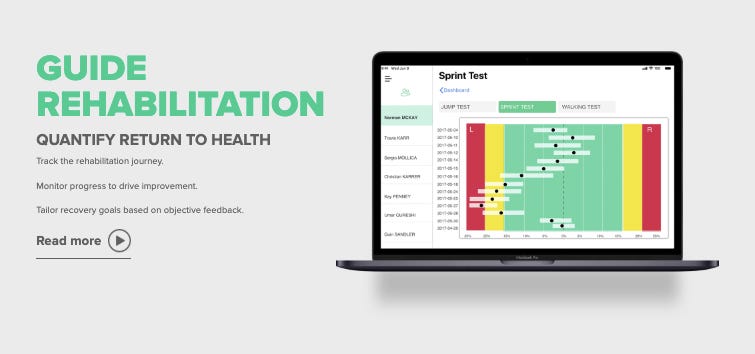



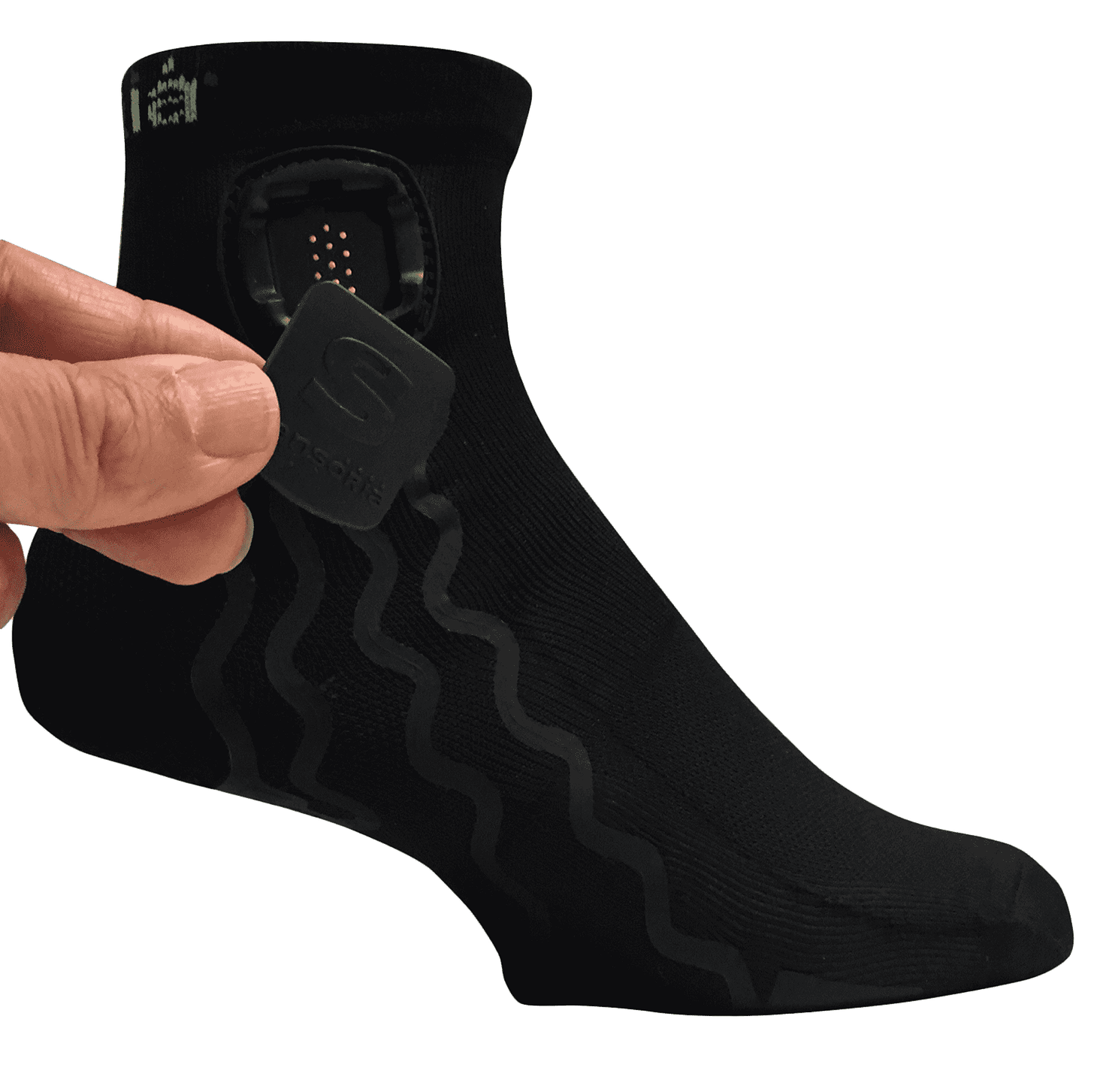
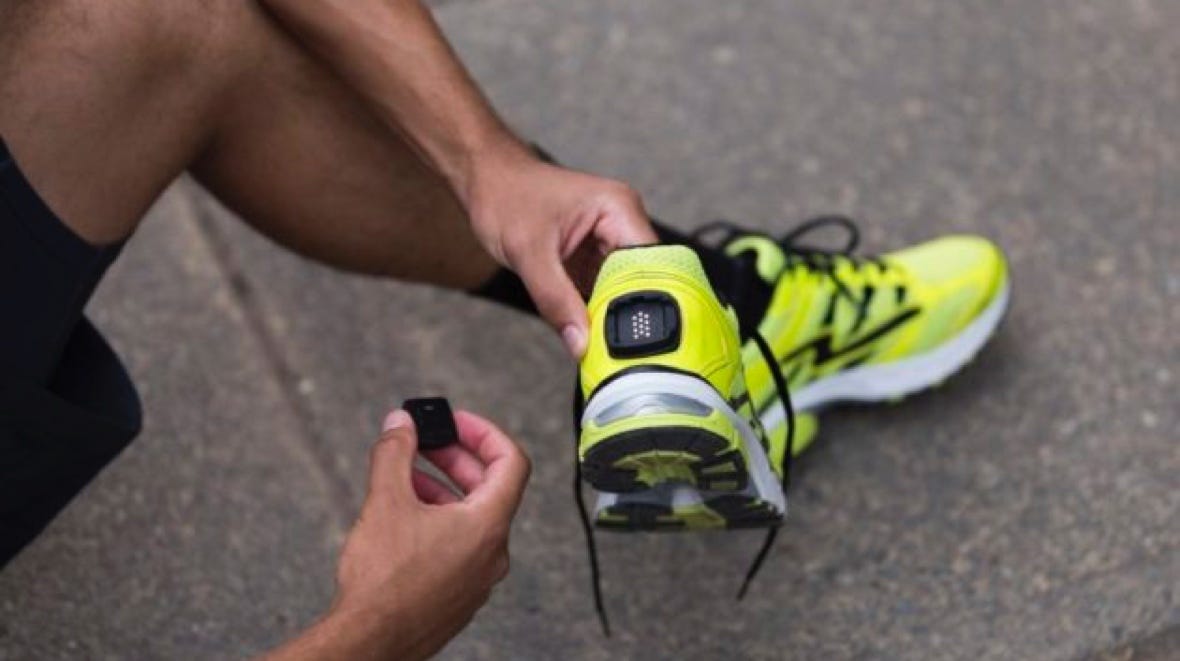



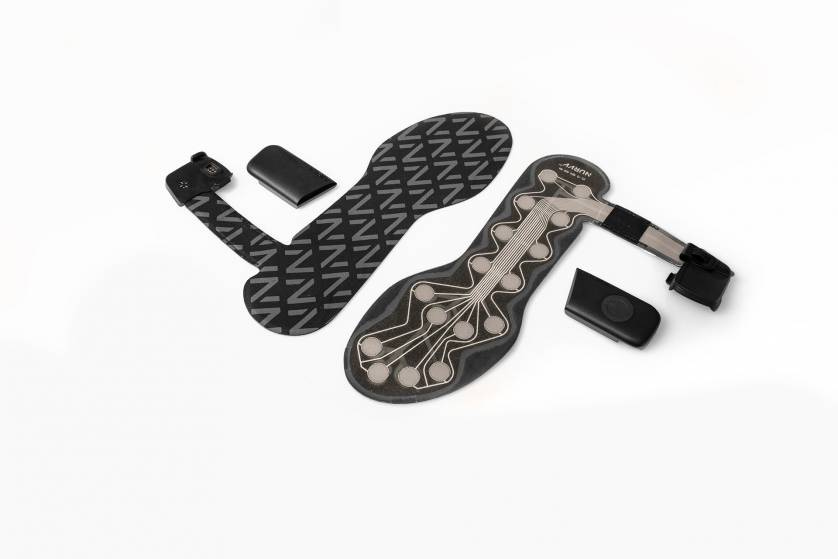
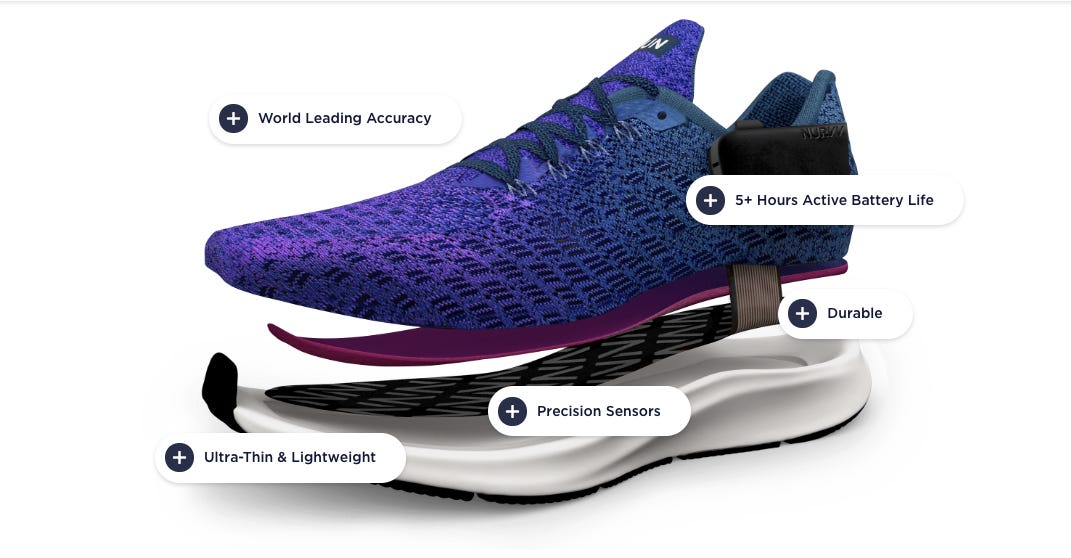
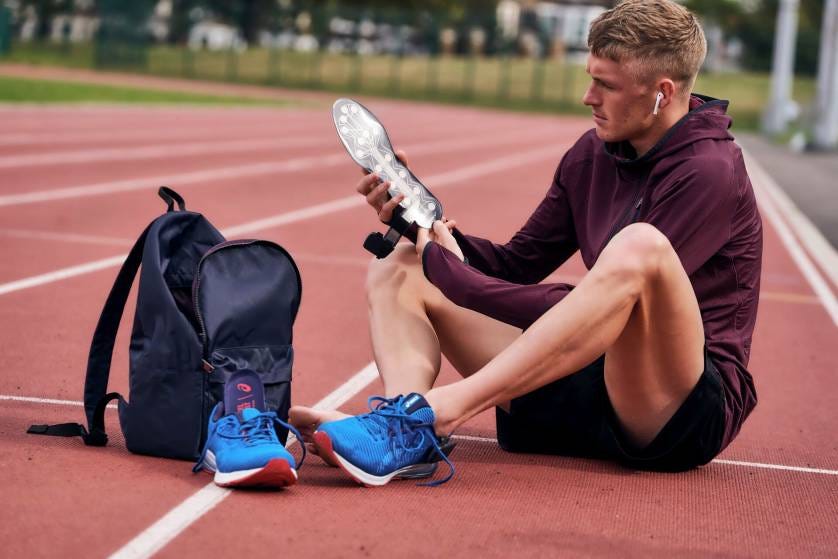

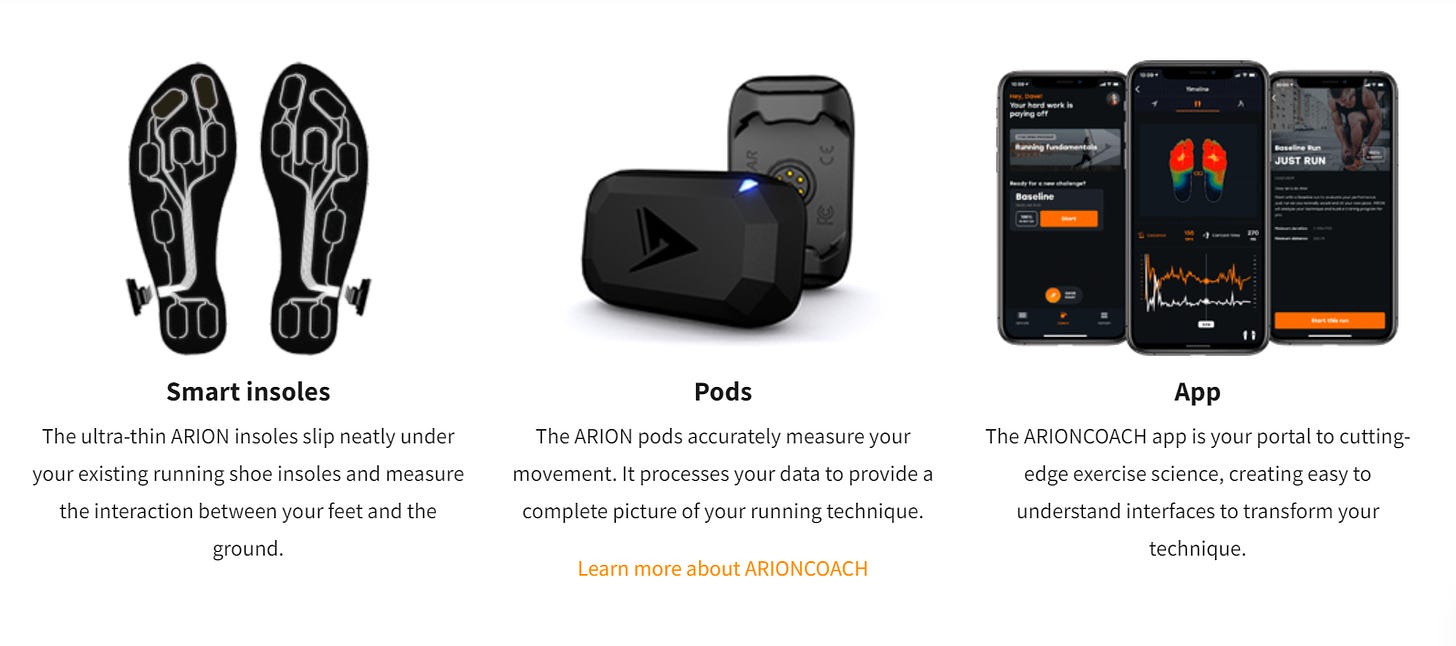
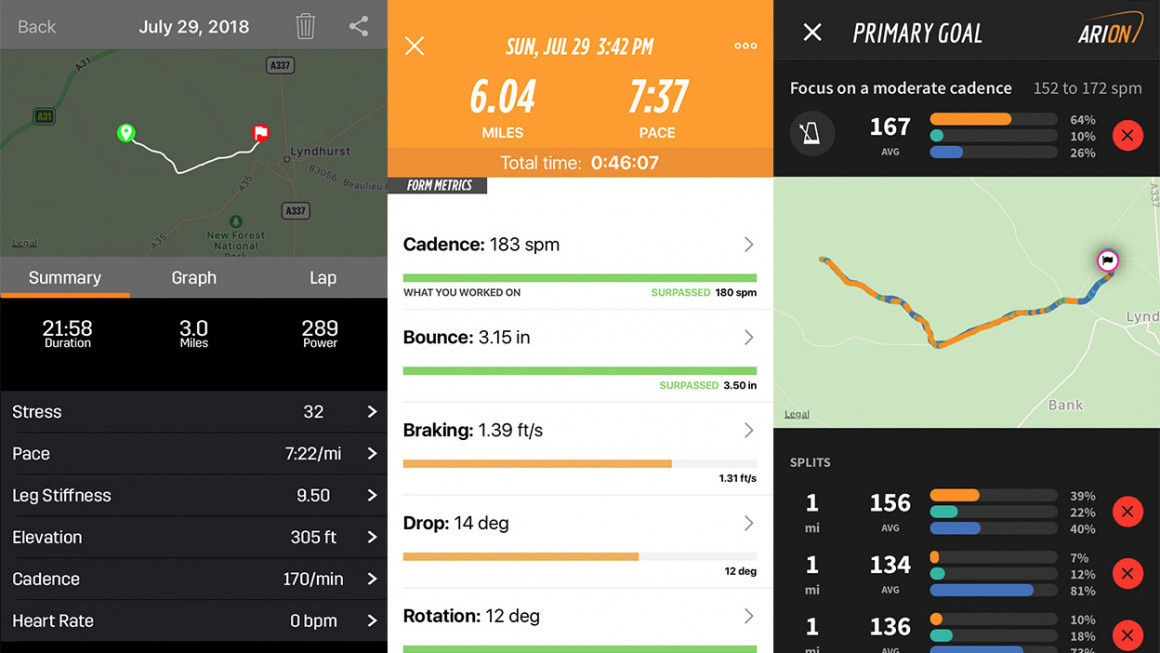
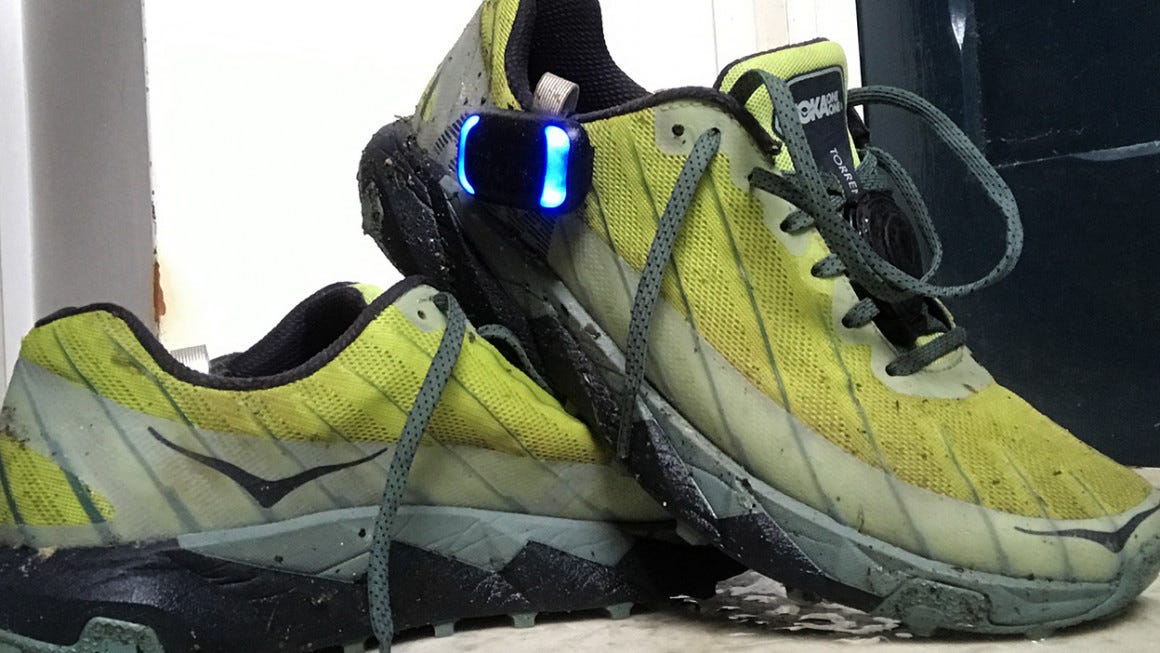

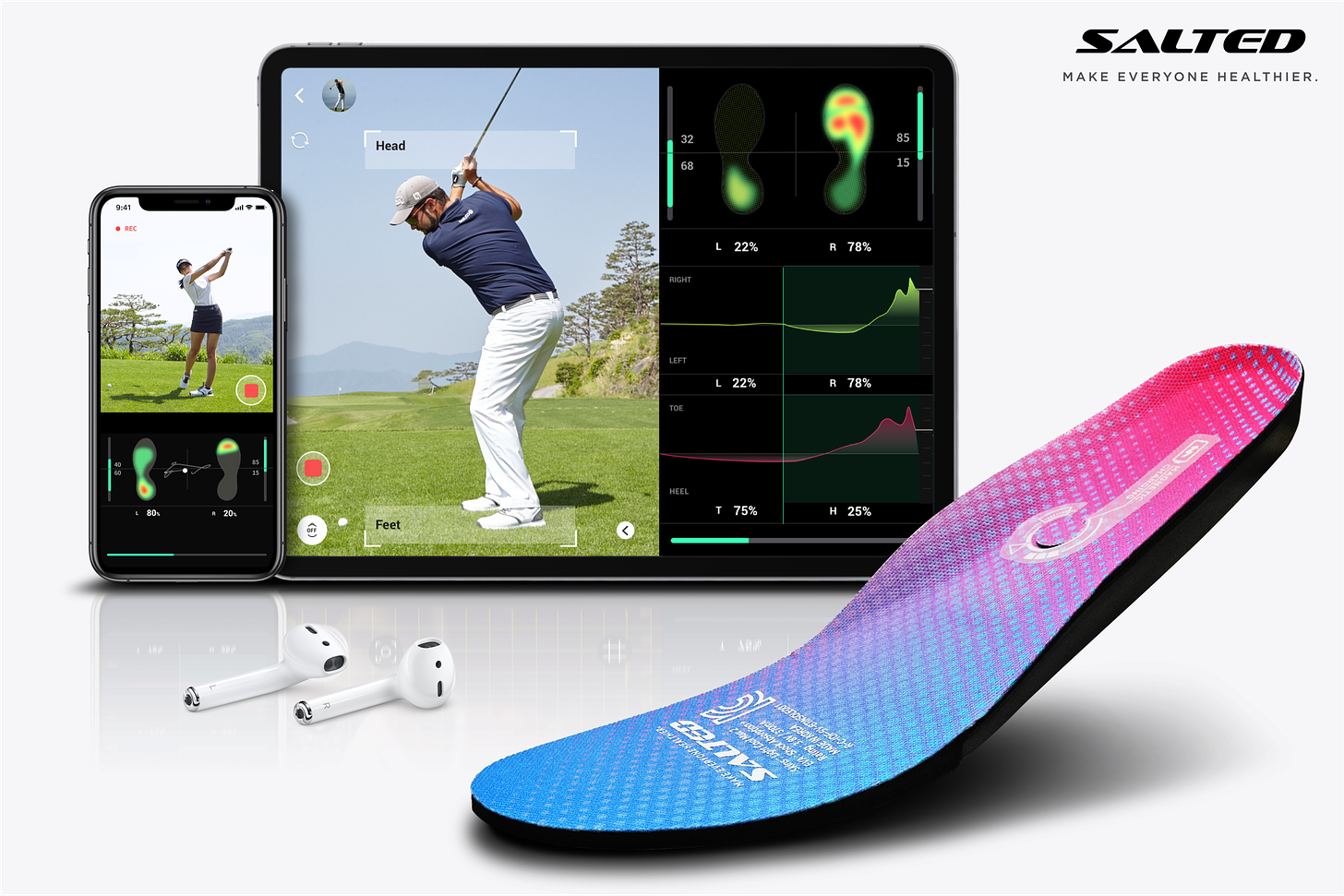
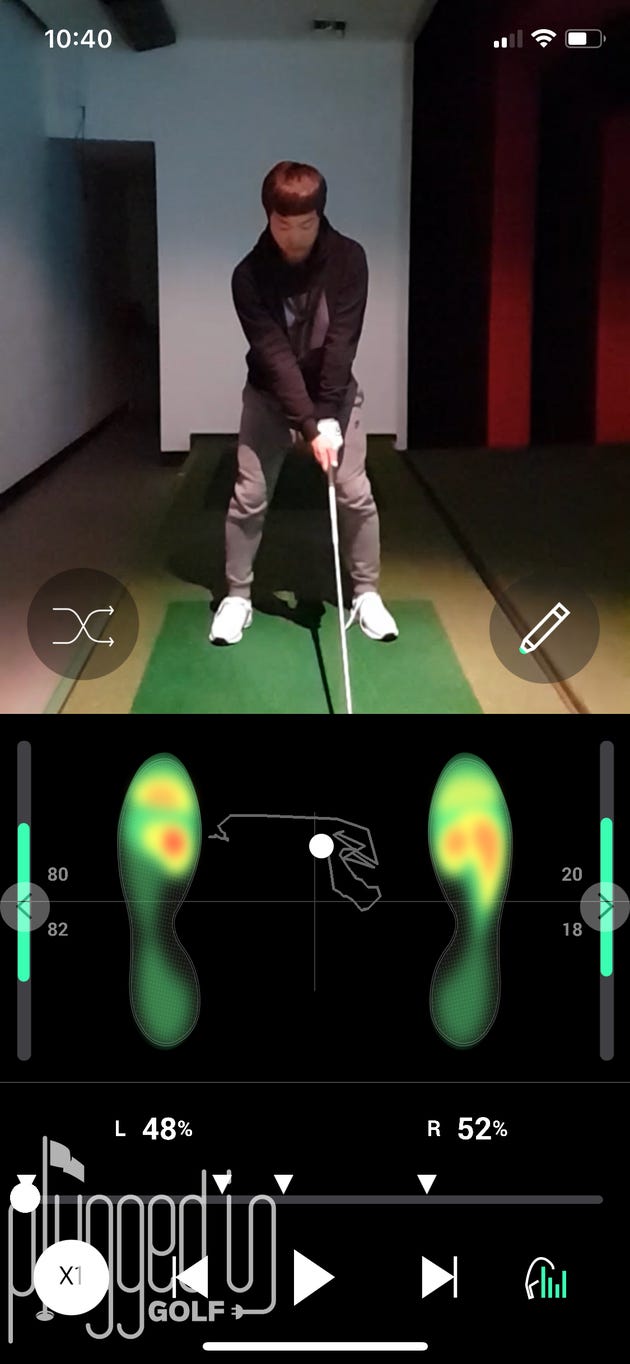
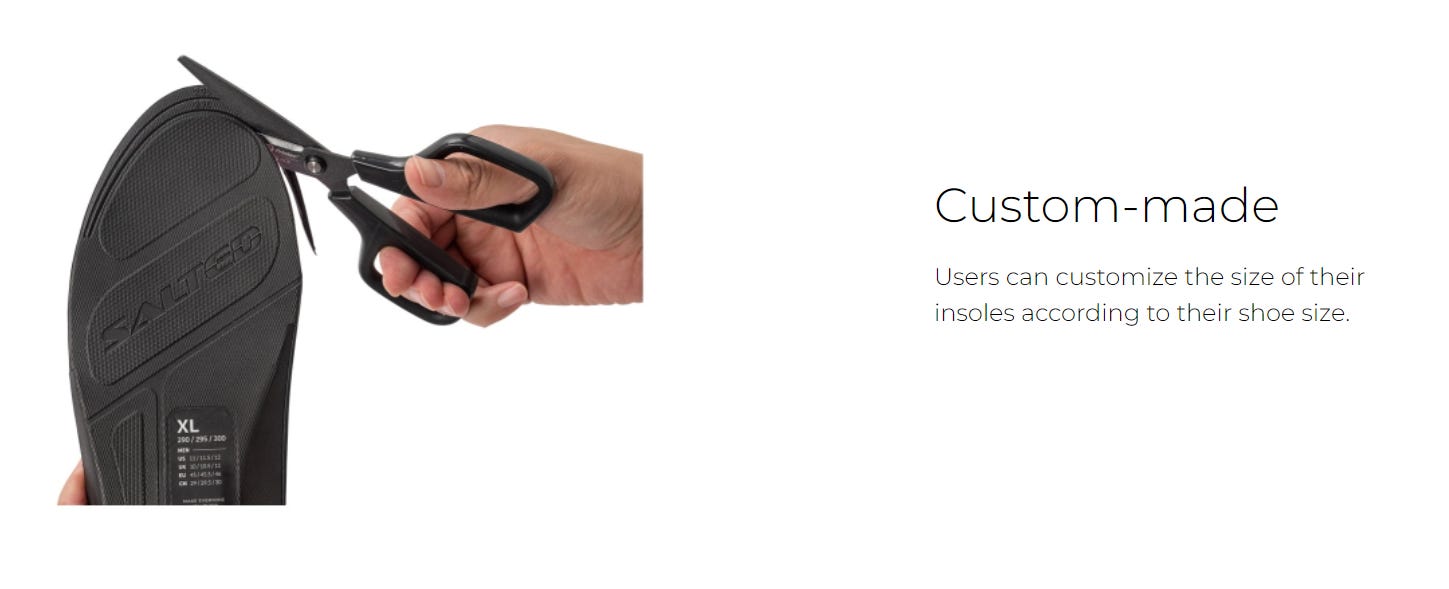
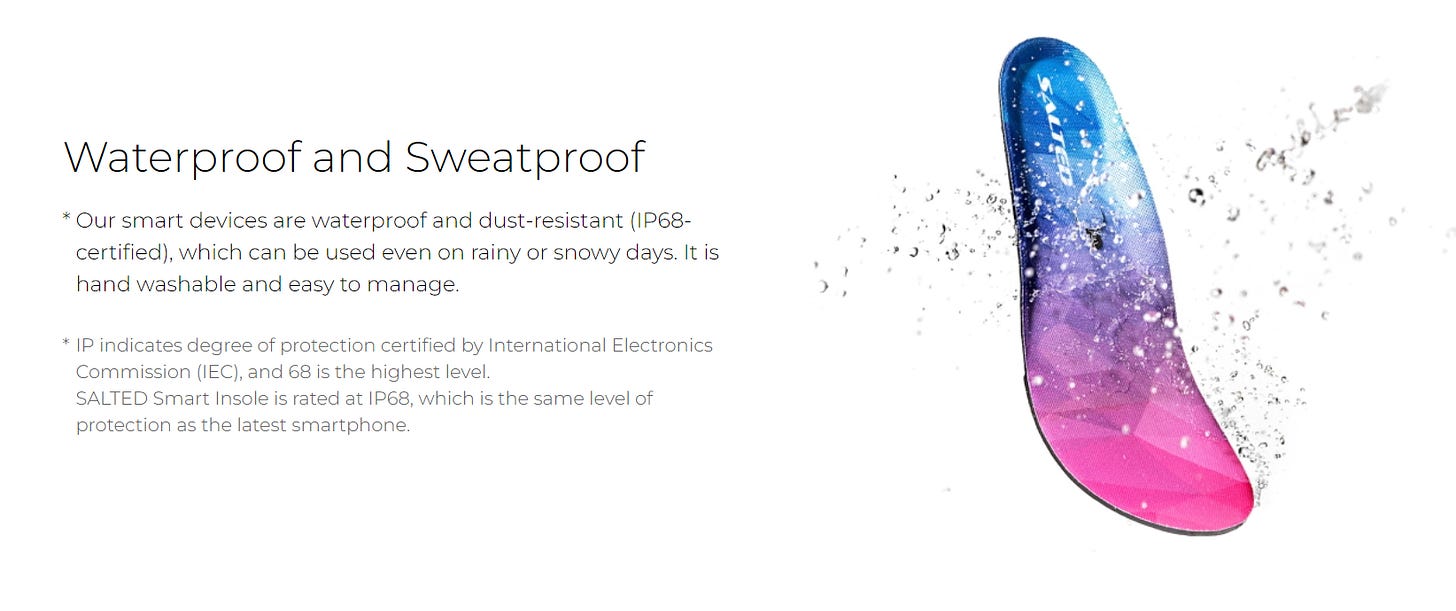

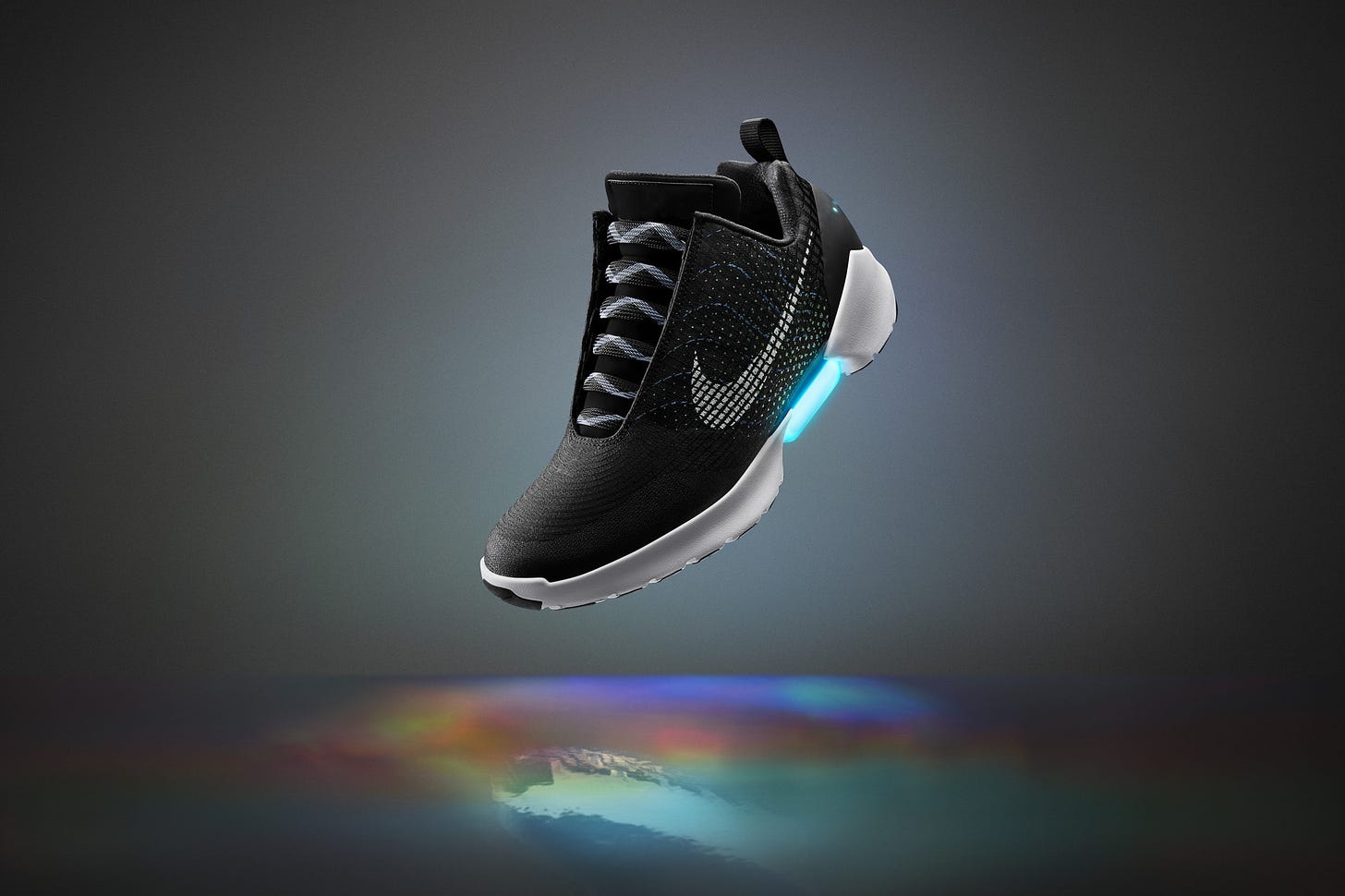


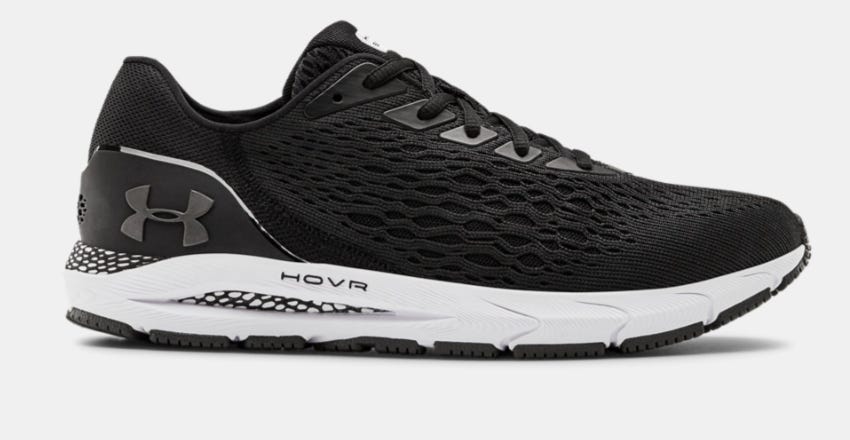

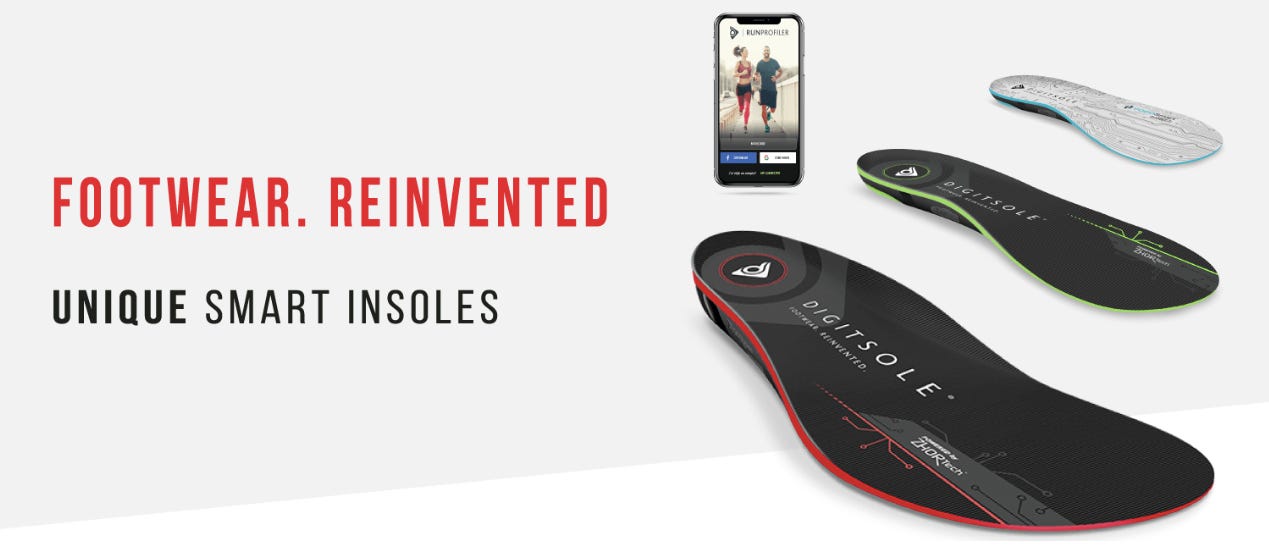
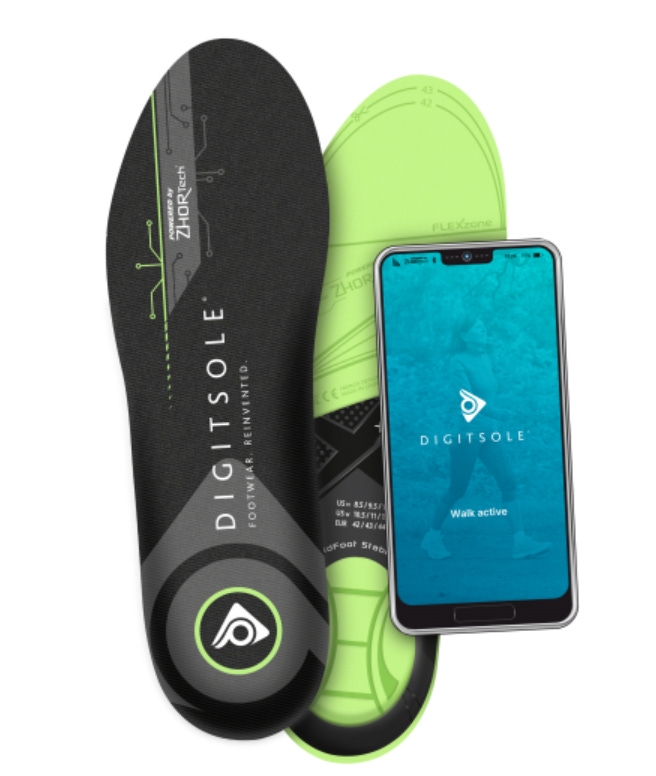


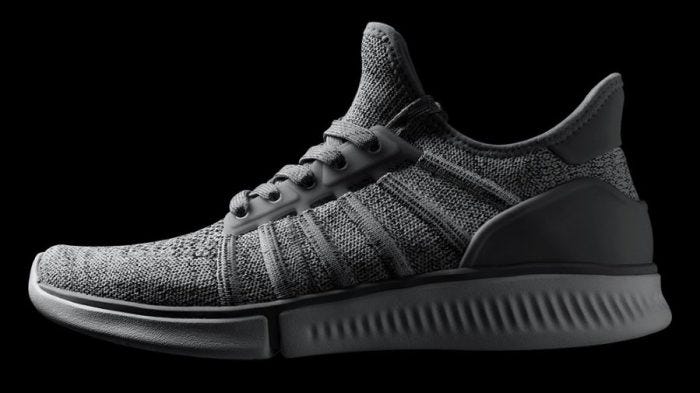



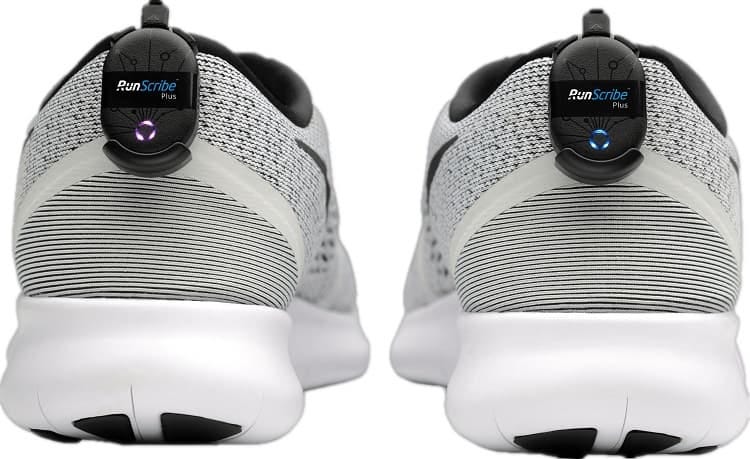
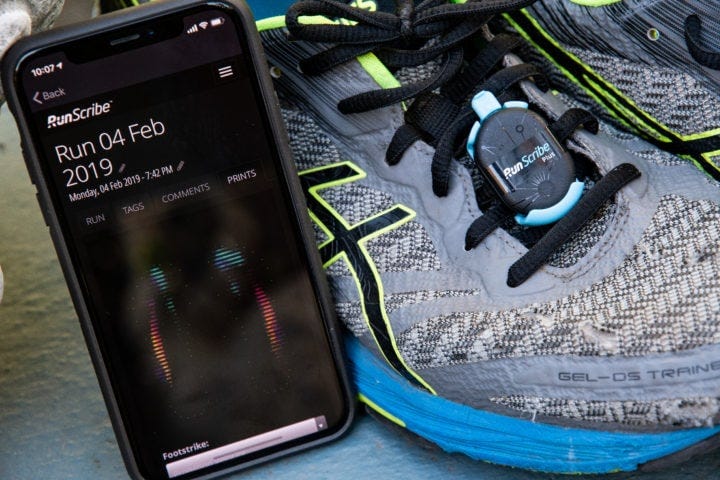




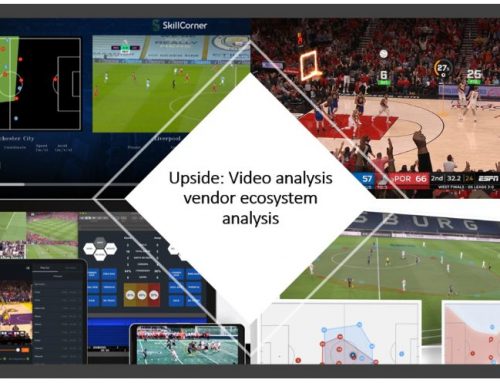
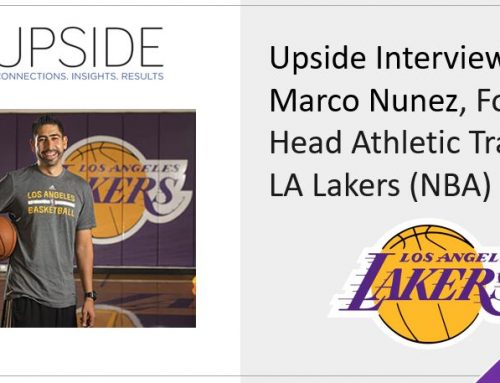
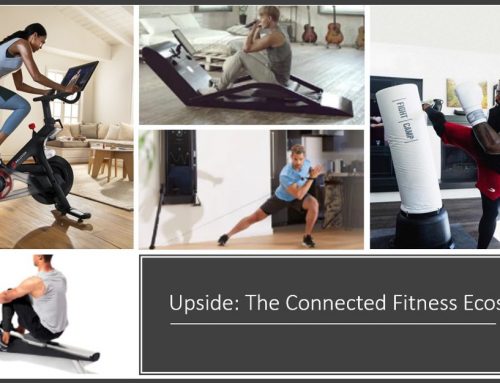



Leave A Comment
You must be logged in to post a comment.